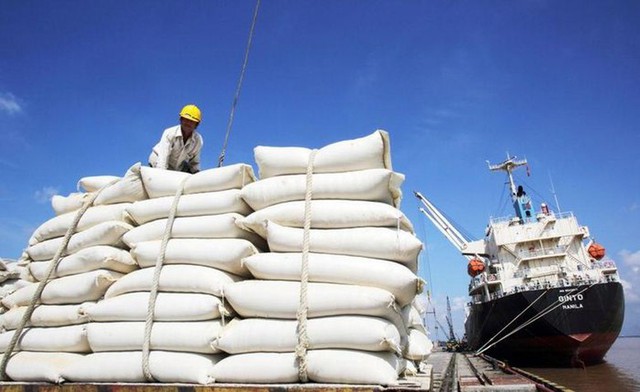Viet Nam surpasses Thailand to become world's second-largest rice exporter
VGP - Viet Nam has surpassed Thailand to become the world's second-largest rice exporter in the first half of 2025, the Thai Rice Exporters Association announced.

Data from the association showed that from January-June this year, India exported 11.68 million tons of rice, an increase of 36.5 percent compared to the same period last year. Viet Nam came second with 4.72 million tons, up 3.5 percent. Thailand ranked third, with 3.73 million tons, a decrease of 27.3 percent.
In July alone, Viet Nam exported 750,000 tons of rice, earning US$366.1 million, said the Vietnamese Ministry of Agriculture and Environment.
During the first seven months of the year, the nation gained US$2.81 billion from exporting 5.5 million tons of rice, an increase of 3.1 percent in volume but a decline of 15.9 percent in value compared to the same period last year.
The Philippines remained Viet Nam's largest rice export market, accounting for 42.6 percent of total export revenue.
Several African markets recorded impressive growth. Exports to Ghana rose by 53.5 percent, while exports to Ivory Coast nearly doubled.
Among the top 15 rice export markets of Viet Nam, Bangladesh saw the strongest growth in export value, soaring by 188.2 times, whereas Malaysia experienced the steepest decline, with export value dropping by 58.5 percent.
Agro-forestry-fishery exports rise over 14% in seven months
Viet Nam's agriculture, forestry, and fisheries exports hit US$39.68 billion in the first seven months of this year, a 14.7 percent year-on-year increase, the ministry reported.
The sector enjoyed a trade surplus of US$11.52 billion, up 15.9 percent from the same period last year.
During the reviewed period, the exports of agricultural products, forestry products and seafood were estimated at US$21.49 billion, up 17 percent; US$10.38 billion, up 8.6 percent; and US$6.06 billion, up 13.8 percent, respectively.
Key farm export products included coffee (US$6 billion), pepper (US$1 billion), rice (US$2.81) billion and fruits and vegetables (US$3.92 billion).
In the January-July period, Asia remained Viet Nam's largest export market, accounting for 42.6 percent of the total value. Notably, exports to Europe surged by 43.1 percent./.
